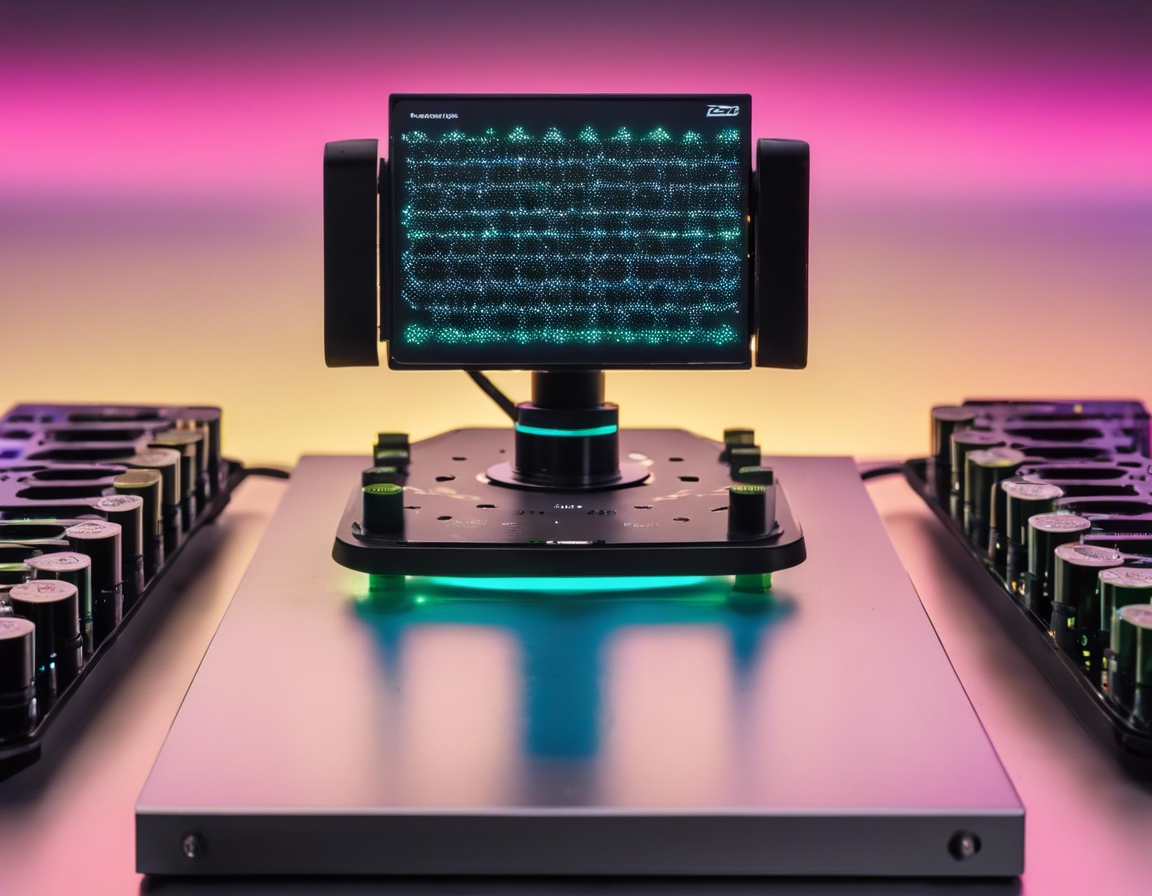Hyperspectral imaging: unveiling the invisible
Hyperspectral imaging (HSI) is a cutting-edge technology that captures and processes information from across the electromagnetic spectrum. Unlike traditional imaging, which uses just three bands (red, green, and blue), HSI divides the spectrum into many more bands, potentially hundreds, to gather detailed information that the human eye and conventional cameras cannot see.
The origins of hyperspectral imaging trace back to remote sensing and the need for better earth observation tools. Over the years, advancements in sensor technology, data processing algorithms, and computing power have transformed HSI into a versatile tool for a multitude of industries.
The Science Behind Hyperspectral Imaging
Hyperspectral sensors measure light across a wide range of wavelengths, from the ultraviolet to the infrared. Each band of the spectrum can reveal unique properties of the objects imaged, such as chemical composition, moisture content, and temperature.
Acquiring hyperspectral data involves capturing images at different wavelengths and processing them to extract meaningful information. This process requires sophisticated algorithms and high-performance computing resources to handle the complex data.
Applications of Hyperspectral Imaging
In aerospace and defense, HSI is used for tasks such as surveillance, target identification, and damage assessment. Its ability to detect subtle differences in the spectral signatures of materials makes it invaluable for intelligence and reconnaissance missions.
Environmental agencies use HSI to monitor ecosystems, assess water quality, and detect pollutants. The technology's precision allows for the detailed study of environmental changes over time.
Agricultural businesses leverage HSI for precision farming, optimizing crop health, and managing resources efficiently. By analyzing spectral data, farmers can make informed decisions about irrigation, fertilization, and pest control.
Challenges and Solutions in Hyperspectral Imaging
One of the biggest challenges in HSI is the sheer volume of data generated. Innovative data reduction and compression techniques are essential for making the data manageable and actionable.
Integrating HSI systems into existing hardware platforms while maintaining energy efficiency is crucial for our target audience. Solutions include the development of specialized processing units and optimization of sensor designs.
The Future of Hyperspectral Imaging
The future of HSI is bright, with ongoing research and development paving the way for new applications and improved performance. Advancements in machine learning and artificial intelligence are set to further enhance the capabilities of HSI systems.
As the technology becomes more accessible and cost-effective, we can expect to see HSI adopted in new markets, including urban planning, forensic science, and art preservation, contributing to the technology's growth and evolution.






Comments (0)